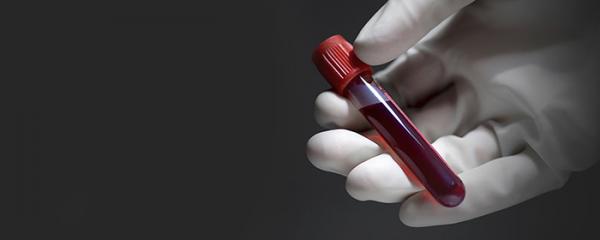Can you spot fatty liver disease? And how can we treat it?

Fatty liver disease is a term for a range of liver condition caused by a build-up of fat in the liver. It is usually seen in people who are overweight, but in some cases, fatty liver disease can also happen in people with average body size.
It is normal for the liver to contain a little fat, and it usually does not lead to any disease or liver injury. But as fat accumulates in the liver, it can leads to inflammation in the liver cells, causing liver damages. When fatty liver disease progress, it could lead to more severe liver damage, including cirrhosis, and liver cancer. It is also associated with an increased risk of problems such as diabetes, heart attacks, and strokes.
Fatty liver is a growing problem worldwide; it’s estimated that up to one in every four people in the US has this problem.
Symptoms and checking for fatty liver
There aren't usually any symptoms of fatty liver in the early stages. You probably won't know you have it unless it's diagnosed during tests carried out for another reason.
Occasionally, people with NASH or fibrosis (more advanced stages of the disease) may experience some symptoms including:
- pain near the liver area (lower right side of the ribs),
- fatigue,
- weight loss,
- weakness.
If the problem advance to cirrhosis (most advanced stage of the disease), you can experience severe symptoms such as yellowing of the skin and jaundice, itchy skin, and swelling in the legs.
The best way to spot fatty liver early is by a blood test called a liver function test.
If the fat in the liver is causing liver cells injury, it will cause an increase of ALT liver enzymes level. The abnormal result is a good indication of liver injury. And if hepatitis and other common liver disease are ruled out, it is likely to be fatty liver that is causing the liver injury.
Another method that can detect fatty liver early is by a liver scan (ultrasound scan). This is a type of scan where sound waves are used to create an image of the inside of your body. If you're diagnosed with NAFLD, further tests may be needed to determine which stage you have.
Having regular body check, which includes liver function test can help you to spot fatty liver early, and if there is any signs of liver injury, or high ALT liver enzymes level, you can protect and recover your liver health with YHK Therapy.
Effective treatment for Fatty Liver Disease
There's currently no specific medication for fatty liver, doctors recommend weight loss to reduce fat in the liver, by doing so, it might reduce the damage to liver cells and liver function. There will be people who could successful reverse fatty liver by just losing weight, and weight loss is beneficial to people with fatty liver.
But in most cases, only by weight loss is not enough to stop the damage in liver cells, and it surely does not enhance the recovery of damaged liver function, especially those with fibrosis or even stages of cirrhosis.
A more effective treatment for fatty liver would be to recover liver health with YHK Therapy.
YHK is clinically proven in liver health recovery, including recovering liver cells, improve liver function (ALT level), reverse fibrosis tissues, prevent cirrhosis and reduce risks of liver cancer.
In the clinical studies and research data of YHK, researchers found that YHK can effectively heal damaged liver cells, lower fat content and stop inflammation in the liver for fatty liver patients, including NAFLD and NASH. Furthermore, studies show that YHK can help to reverse early stages of liver fibrosis.
For people with fatty liver (NAFLD/ NASH), the effects in recovering liver function and preventing further liver damages can prove to be highly valuable and efficient in preventing severe liver problems.
* Research data of YHK are published in medical journals and are listed on the US National Library of Medicines:
- * All research and clinical data should be used as reference purposes only, results may vary.






